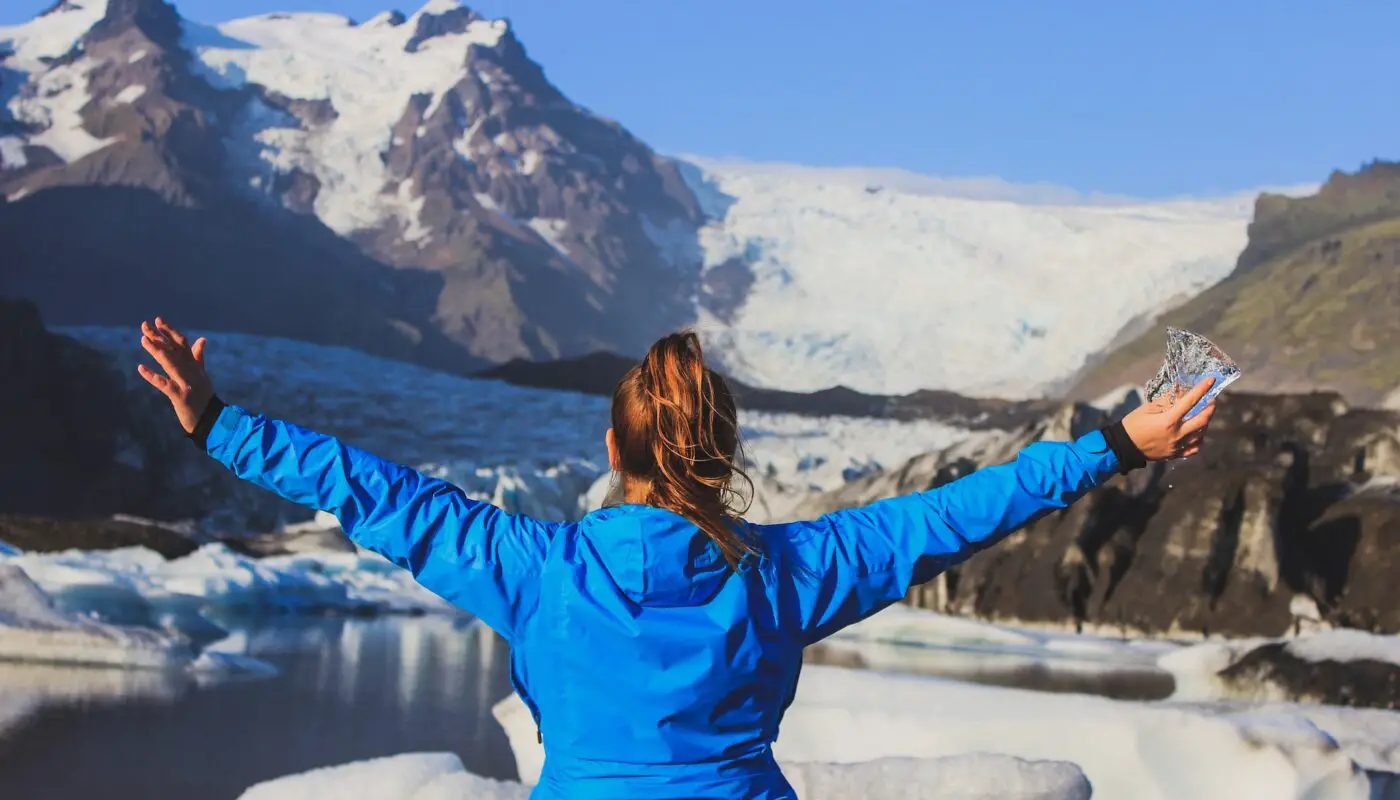Baselayers play a crucial role in enhancing the outdoor experience by providing comfort and versatility. This article examines the significance of baselayers in outdoor activities, discusses the process of selecting the appropriate baselayer for different adventures, offers tips on how to effectively layer baselayers, and explores ways to maximize comfort and versatility through their use.
By adopting an objective and impersonal writing style, this article aims to provide detailed knowledge and informative insights on this topic.
The Importance of Baselayers in Outdoor Activities
The importance of baselayers in outdoor activities lies in their ability to provide comfort and versatility to individuals engaged in such pursuits.
Baselayers are typically made from moisture-wicking fabric, which helps to manage perspiration by drawing moisture away from the skin and allowing it to evaporate more quickly. This is crucial for maintaining optimal body temperature during physical exertion, as wet clothing can lead to discomfort and even hypothermia in colder environments.
Additionally, baselayers made from merino wool offer unique benefits due to the natural properties of this material. Merino wool is known for its excellent insulation, breathability, and odor-resistant qualities. It also has the ability to regulate body temperature effectively across a wide range of weather conditions, making it an ideal choice for outdoor enthusiasts seeking both comfort and performance.
Choosing the Right Baselayer for Your Adventure
When selecting a baselayer for your adventure, it is crucial to consider factors such as the intended activity level and the expected weather conditions. There are several features to consider when choosing baselayers.
Firstly, moisture-wicking capability is essential to keep you dry and comfortable during physical activities. Look for materials that have excellent breathability and can effectively transport sweat away from your skin.
Secondly, insulation properties are important in colder weather conditions. Baselayers with good thermal regulation will help maintain body temperature and prevent heat loss.
Lastly, comfort and fit are key considerations to ensure unrestricted movement.
One popular choice for baselayers is merino wool. Merino wool offers various benefits that make it an ideal option for outdoor activities. It has natural moisture-wicking abilities, meaning it can absorb moisture without feeling wet or clammy against the skin. This helps regulate body temperature by keeping you dry in both hot and cold environments. Additionally, merino wool has inherent odor-resistant properties, making it suitable for extended wear without unwanted odors developing. Moreover, it provides exceptional softness and comfort while maintaining durability over time.
Considering these features and benefits of merino wool baselayers will assist you in making an informed decision when choosing the right baselayer for your adventure.
Tips for Layering Your Baselayers Effectively
To layer baselayers effectively, it is important to consider the weight and thickness of each layer in relation to the expected weather conditions.
Choosing the right fabric for baselayers is crucial for comfort and performance. Merino wool is a popular choice due to its natural moisture-wicking properties, odor resistance, and breathability. Synthetic fabrics like polyester or nylon are also commonly used as they offer quick-drying capabilities and durability.
When caring for your baselayers, it is essential to follow the manufacturer’s instructions. Generally, machine washing on a gentle cycle with mild detergent is recommended. Avoid using fabric softeners as they can affect the garment’s moisture-wicking abilities. Line drying or tumble drying on low heat is preferable to maintain the integrity of the fabric.
Properly cared for baselayers will ensure their longevity and optimal performance during outdoor activities.
Maximizing Comfort and Versatility With Baselayers
Maximizing comfort and versatility in layering can be achieved by carefully selecting baselayers that are suitable for the expected weather conditions and activities. Baselayer materials play a crucial role in determining the overall performance of these garments. Different materials offer various benefits, allowing users to choose from multiple options to meet their specific needs.
One common material used in baselayers is merino wool. Merino wool offers excellent insulation and moisture-wicking properties, making it ideal for cold weather activities. It also has natural antimicrobial properties, reducing odor buildup during prolonged use.
Synthetic materials like polyester or nylon are often used for warm weather or high-intensity activities due to their lightweight and quick-drying nature. They provide efficient moisture management by wicking sweat away from the body.
Having multiple baselayer options allows individuals to adapt their clothing layers based on changing weather conditions and activity levels. This flexibility ensures optimal comfort and performance, enhancing the overall outdoor experience.
Final Thoughts About Baselayers For Outdoor Exploring
So there you have it, a comprehensive guide on Outdoor Baselayers. Whether you opt for merino wool or synthetic materials, the right baselayer can make or break your outdoor experience. Remember, it’s all about layering effectively and choosing materials that suit your activity level and weather conditions.
Related Reading
How To Beat The Winter Blues – 5 Easy Ideas To Get Everyone Outdoors
7 Live Banff Webcams – Complete Banff Alberta News & Weather
Top Vacation Places to Visit in Pennsylvania
Charming Photography Spots: Capturing The Beauty Of The Mountains In Jackson Hole
